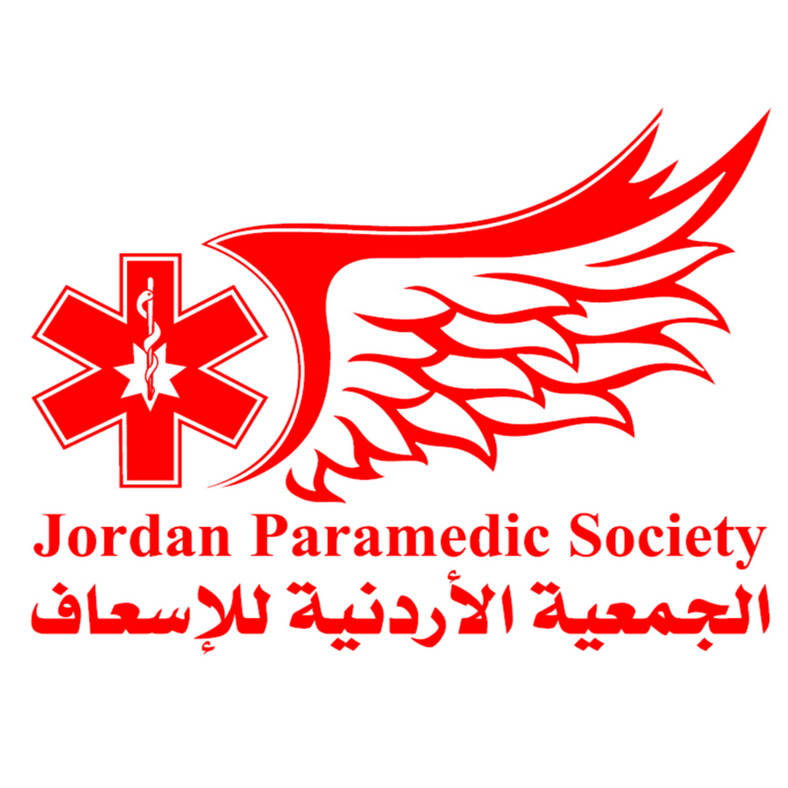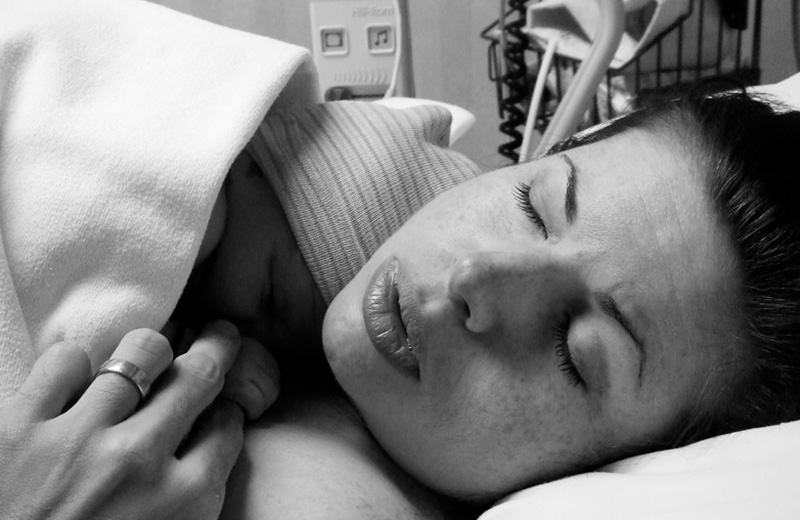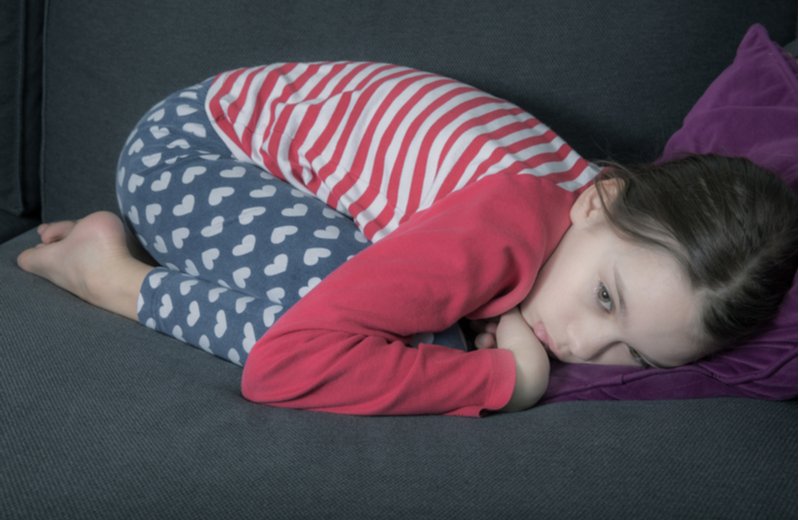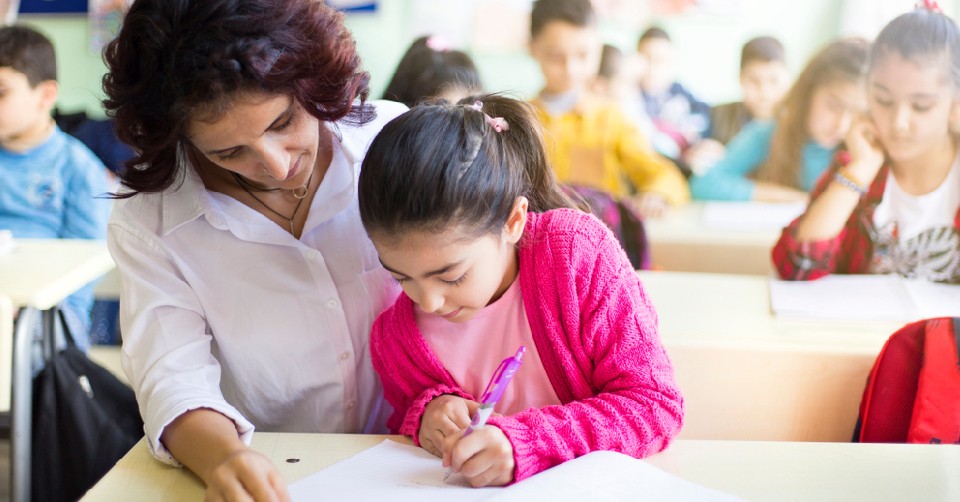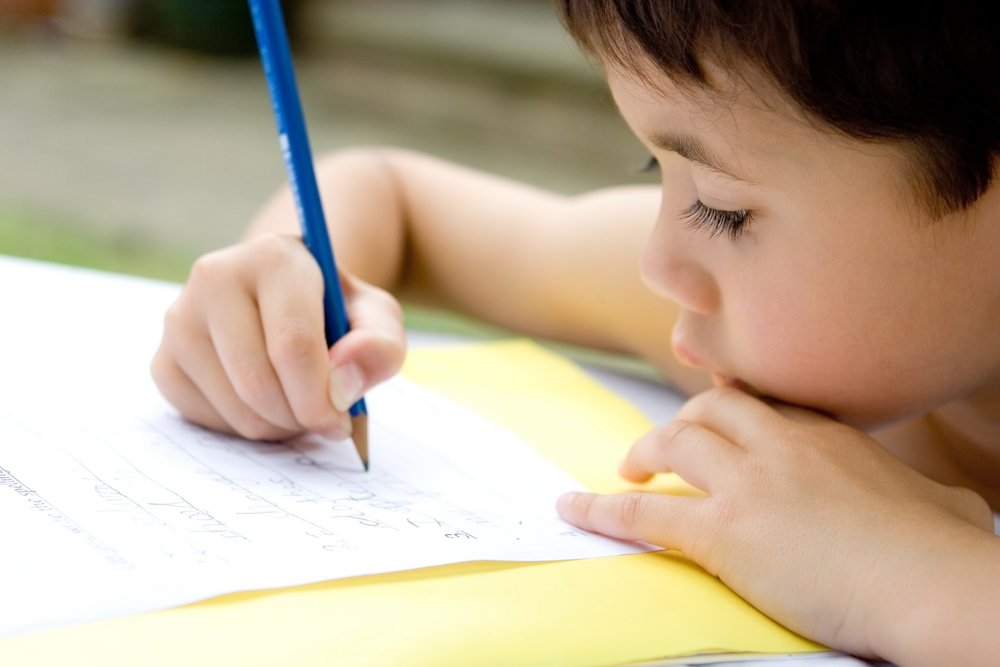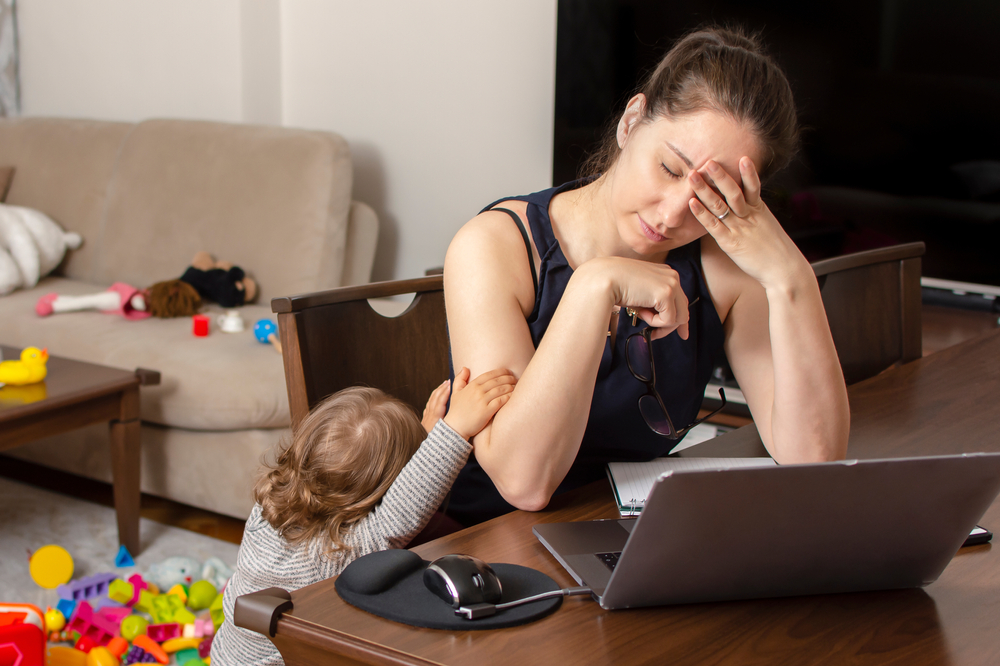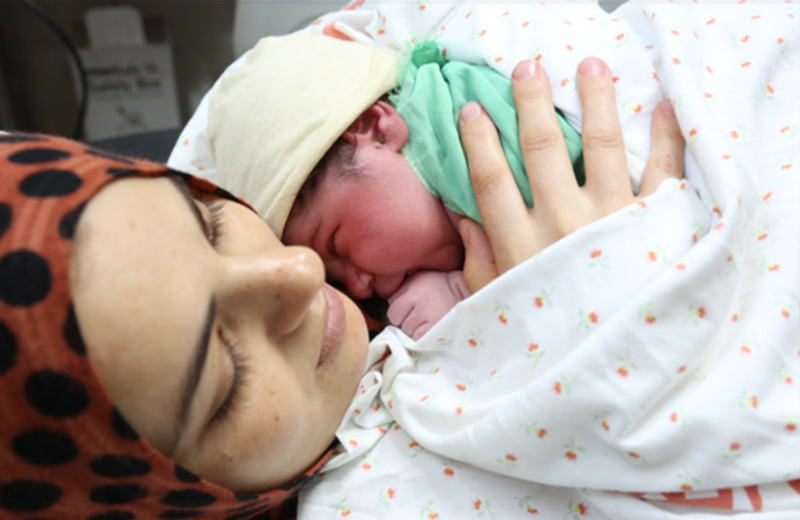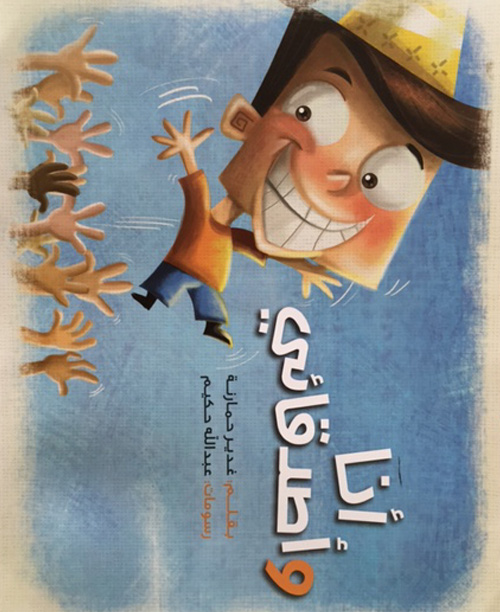Children's Health
First Aid: Dealing with Sunstrokes
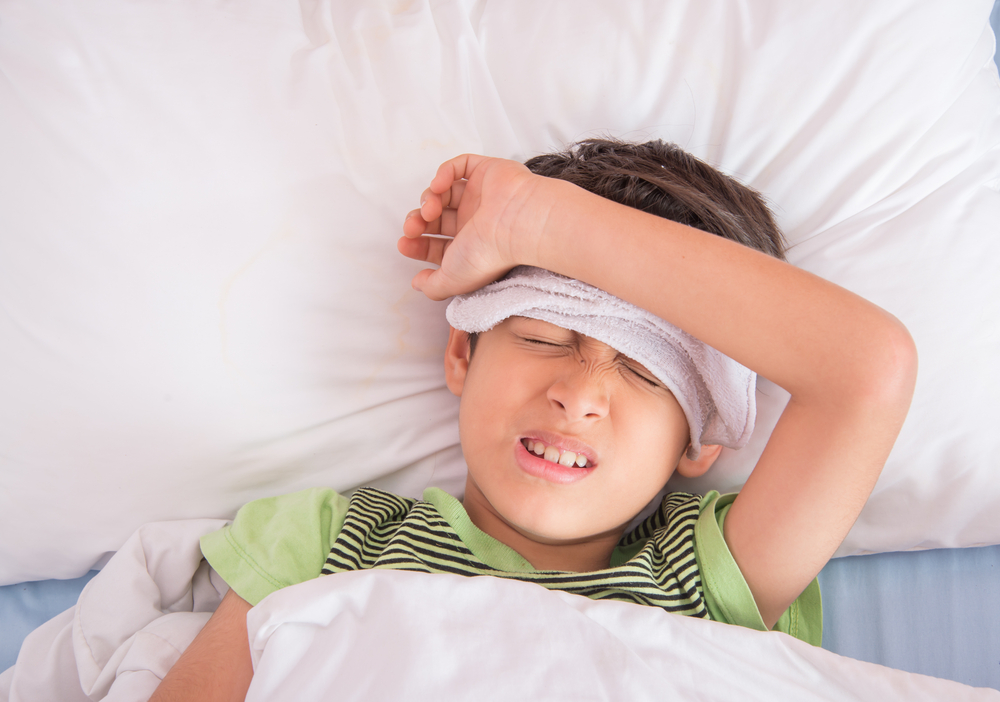
Children are especially vulnerable to sunstroke, but they can recover quickly if treated properly. In this article, you'll find some tips on how to protect your child from sunstroke.
What is Sunstroke?
Sunstroke, also known as heatstroke or heat exhaustion, occurs when the person’s body overheats and can no longer function normally.
Symptoms include :
-
Headaches
-
Dizziness,
-
Confusion
-
Nausea
-
Excessive sweating
-
Cramps
-
Fast breathing and a higher than average body temperature.
Sunstroke usually goes away once the victim has cooled down.
How to Prevent Sunstroke
There are a variety of measures you can take to prevent sunstroke in your child. First, your child should drink lots of cold liquids when they're playing outside. They can also take cold showers and wear loose-fitting, light clothing to stay cool. On very hot days between 11:00 and 15:00, children should play inside or in the water. Your child can play in a sprinkler to stay cool if they don’t know how to swim.
How to Help a Child with Sunstroke
If your child is suffering from sunstroke, you should have them move to a cool, shady place and lay down, then spray or sponge them with cool water. You can also apply cold packs and fan them. Finally, you should make sure that they drink plenty of cool water. If you do these things, your child should start to feel better within 30 minutes.
If your child does not feel better after 30 minutes, if they aren't sweating, if they have a very high temperature, if they have a seizure, or if they lose consciousness, you should call 911 immediately. While sunstroke is usually relatively benign, it can be very dangerous.
If your child loses consciousness, you should check their vitals and begin CPR if necessary. To learn CPR, you must enroll in an accredited CPR training course.

